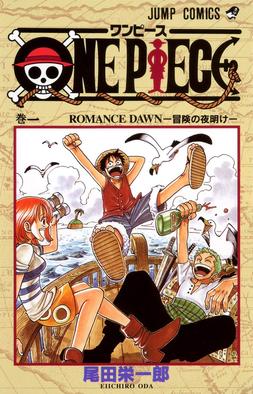These 29 volumes were read between June 2016 and June 2017, particularly during those periods I was riding trains to different schools in the city.
It helps that the Brooklyn Public Library has many of the volumes available. (By coincidence, the first volume that they didn't have was one of the few early volumes that the Barnes & Nobles a block from my new school (with different students who don't seem to read manga) did have. I read a few pages at a time, each day.)
There's not much I can say that you can't find in online encyclopedias.
I enjoy the stories and the actions. There are drawbacks, but I don't know if those are peculiar to One Piece or to the medium in general.
Luffy, the main character, wants to be the world's greatest pirate, but he eats the devil fruit of the Gum Gum tree, which gives him stretching powers, but makes him incapable of swimming. This makes him a bit of superhero in this world.
The problem is that these devil fruits aren't as rare as you might think. And they come in many varieties, granting many different powers. I guess they're rare in that I haven't seen any fruit tree duplicated, but it seems that every pirate Luffy and his crew come up against have also eaten devil fruit. So sinking like a stone isn't such a bad thing for pirates.
The books have 11 chapters in each volume, so I've read over 300 chapters. Also, some of these are available in omnibuses containing 3 volumes. I'm currently waiting for volume 30 to become available, so I'm writing this mid-story.
That is one of the problems: the story lines go on forever. There are entire chapters that are devoted to a single fight between two combatants. I add this last clause because the past couple of volumes have been, essentially, one long, drawn-out fight.
Not all the fights make the transition from anime to manga very well. Sometimes I stare at the images trying to see exactly what is happening. It isn't always obvious.
I have to say that it has moved the story along. Luffy filled out his crew (even adding prior enemies). They mentioned the Grand Line, so they went there. It didn't seem as frightening as it should have been, but it was definitely dangerous. At this point, Luffy wanted to find the island in the sky. And so he did. That story line seems to be drawing to a close -- at least I hope it is. Parts of it have been a mess to keep track of as the story shifts points of view.
Problems aside, I'll keep reading it as long as the library keeps supplying me. And I'm likely to move on to other series after. (I'm open to suggestions.)
I'll probably have another entry after I read another 30 or so books.



